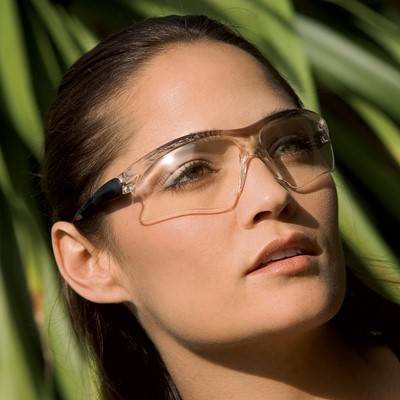9 Flashlight Styles to Consider for Your Workplace

A good flashlight is invaluable for almost any occupation or environment. Whether you work indoors or outdoors, on large-scale building projects or intricate repair work, having the right flashlight for your job will can help you spot mistakes or hazards, signal to coworkers, make your work more productive, and keep you safe in both mundane and emergency scenarios. Flashlights have a multitude of different options and styles that can make it hard to determine the most effective one for your needs, but this list can help you start looking in the right place.
1. General Use Flashlights
The standard flashlight for general occupational or home use may not have any specialized features or resistance levels, but is an affordable, practical option for simple work. These are the most common flashlights and typically still use incandescent bulbs over the more powerful LED options available.
2. Headlamp Flashlights
Worn on a strap around the head or attached to safety headwear, these LED lights allow for hands-free illumination during work where both hands are typically occupied. They’re useful for professionals who work in close quarters or who do work that requires close visual inspection, such as plumbers, mechanics, HVAC technicians, electricians, and miners. They’re also common in physically challenging work with irregular light sources like search and rescue or emergency services.
3. Heavy-Duty Flashlights
Made of extremely durable materials and designed for occupations where impact, irregular light sources, and harsh environmental conditions may be factors. They can withstand everything from physically demanding outdoor work to close-quarters, low-light jobs where dropping or bumping equipment may be common.
4. Tactical Flashlights
Emergency-response workers like law enforcement, military, or firefighters may turn to these heavy-duty flashlights designed for efficient use in a crisis or combat situation. Tail switches with instant access to brighter modes improve searching. Other options may include emergency signaling modes as well as strobe modes to disorient attackers. A related style is the self-defense flashlight, a large, heavy flashlight built for striking or blocking physical attacks.
5. High-Intensity Discharge (HID) Flashlights
Commonly used for search & rescue occupations, these produce extremely bright, intense beams of light for high visibility in low- or no-light situations.
6. Specialized Utility Flashlights
Some flashlights are made with very specific occupations in mind, such as automotive repair, electrical work, or even underwater diving. They feature options or attributes designed for work in that field, from adjustable focus to magnetic bases, even to the enhanced water and pressure resistance of diving headlamps.
7. Portable or Everyday Carry (EDC) Flashlights
Compact, pocket-friendly flashlights can be carried as a backup light source or an easy portable option that’s useful both during and outside working hours. A subset is the pen light flashlight, which is similarly compact but may have a brighter or more focused beam; these are common for checking reflexes in medical use.
8. Alternative Charge Flashlights
Flashlights that have physical charging methods such as shaking or cranking are useful as reliable backups in situations where power sources may be limited. They may not be as bright or last as long on one charge as a standard light, but they’re great for emergency situations where nothing else is available.
Other power options are travel-friendly USB charging flashlights, or solar-powered flashlights that can be as useful for outdoor occupations as they are as emergency backups.
9. Worklights
These aren’t quite the same as flashlights, but they’re worth mentioning. While flashlights have a focused, directional beam of light with a longer range, worklights will present broader and more diffused light for larger areas. Like flashlights, worklights can be handheld, although features like magnetic bases or stands offer hands-free operation in a stationary zone. Some flashlights may have sliding features that open up a worklight mode for additional versatility.



